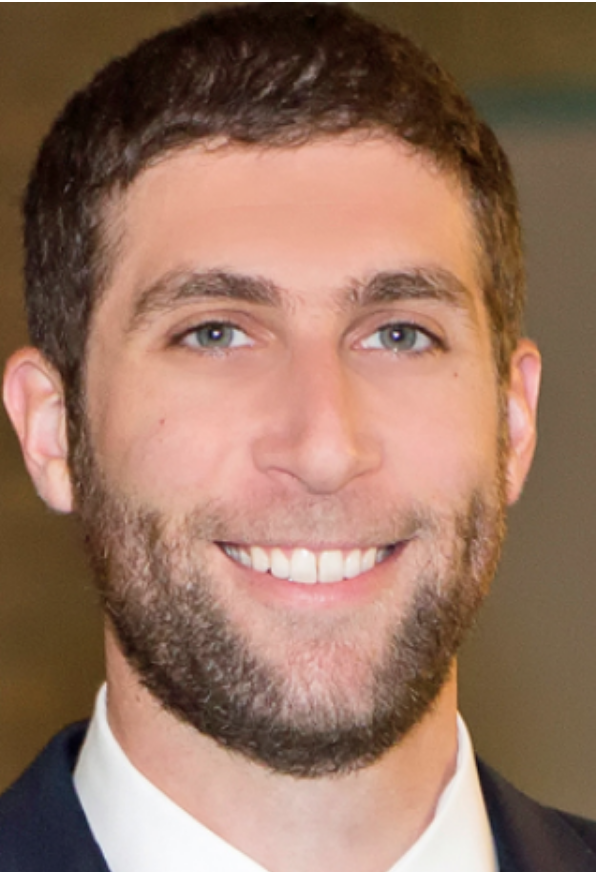Jones Day partners look at the questions that have arisen surrounding IP protections for technologies invented by artificial intelligence.
Intellectual property rights find their root in the United States Constitution, which grants Congress the power “[t]o promote the progress of science and useful arts, by securing for limited times to authors and inventors the exclusive right to their respective writings and discoveries.” It has long been understood that the terms “authors” and “inventors” refer to human beings. The Patent Act repeatedly refers to inventors as “persons,” while courts have taken a similar approach, holding for example that only a natural person – not a corporation – can be an inventor. Recently, however, questions have arisen about whether intellectual property (IP) protection extends to technologies invented by artificial intelligence (AI). In other words, what happens if AI invents something that would be patentable if a human being had invented it?
This question is no longer just a theoretical inquiry discussed among patent practitioners. A team from the University of Surrey recently filed two patent applications in the U.S. Patent and Trademark Office (PTO) and the European Patent Office in which an AI system called DABUS (short for Device for the Autonomous Bootstrapping of Unified Sentience) is the named inventor. Human researchers developedDABUS to generate ideas and then determine which are the most novel, useful or valuable. DABUS then “invented,” without human assistance, the two inventions in question – an improved beverage container and a “neural flame” device used in search-and-rescue missions.
Notwithstanding the lack of a human inventor, the Surrey team argues that these inventions should still qualify for patent protection. The team does not assert that the AI should own the patents, but rather that ownership should run to the owner of the AI. This arrangement would allow IP protection for innovations invented by AI, while allowing humans to reap the benefits. The Surrey team’s patent applications raise more questions than they answer. Innovations developed by AI, whether in whole or in part, are new and evolving. The DABUS applications are test cases, feeling out how the law may develop. But as AI continues to grow more powerful, innovations developed by the AI itself will likely become more common.
AI innovation has already drawn the attention of the PTO. In addition to hosting a conference on AI earlier this year, the PTO recently announced that it will broadly explore its approach to AI and is seeking public input on a variety of AI-related issues. Among other things, the PTO has asked for input on whether current concepts of inventorship need to be revised to address situations where AI has contributed to the conception of an invention, as well as whether there are any patent eligibility considerations unique to AI inventions, and whether AI impacts the level of ordinary skill in the art. The deadline for submitting comments to the PTO is November 8, 2019. This process may lead the PTO to offer further guidance on the topic. As AI technology evolves, it will continue testing different areas of IP law and policy. For example:
- How creative must AI be for it – and not the human who creates or directs the AI – to qualify as the inventor? And is it wise to incentivize the use of wide-roaming, undirected AI that is creative enough to meet this bar?
- Will the pace of AI innovation allow a small number of AI owners to patent too many inventions too quickly?
- How will AI handle the existing – or revised – procedural requirements for patent applications and litigation, such as discovery and the oath or declaration required by statute?
These questions are no longer so far in the distance. To be sure, the technology is still developing, and undirected AI is not yet inventing much. But the nascent technology makes the Surrey team’s patent applications and the PTO’s evaluation especially challenging and important.
The recent patent applications, and the PTO’s examination of AI-related policy, may set the stage for the future of AI innovation – even before the technology has come into its own. On one hand, if AI can be treated as the inventor, with ownership rights flowing to the AI’s owner, then AI innovation may grow much more lucrative and set off a race. On the other hand, if AI is not considered an inventor, then entities using AI to generate ideas should make sure that humans continue to be sufficiently involved to qualify as the inventors. As this technology unfolds, so too will the issues of IP law and policy
Published December 13, 2019.




